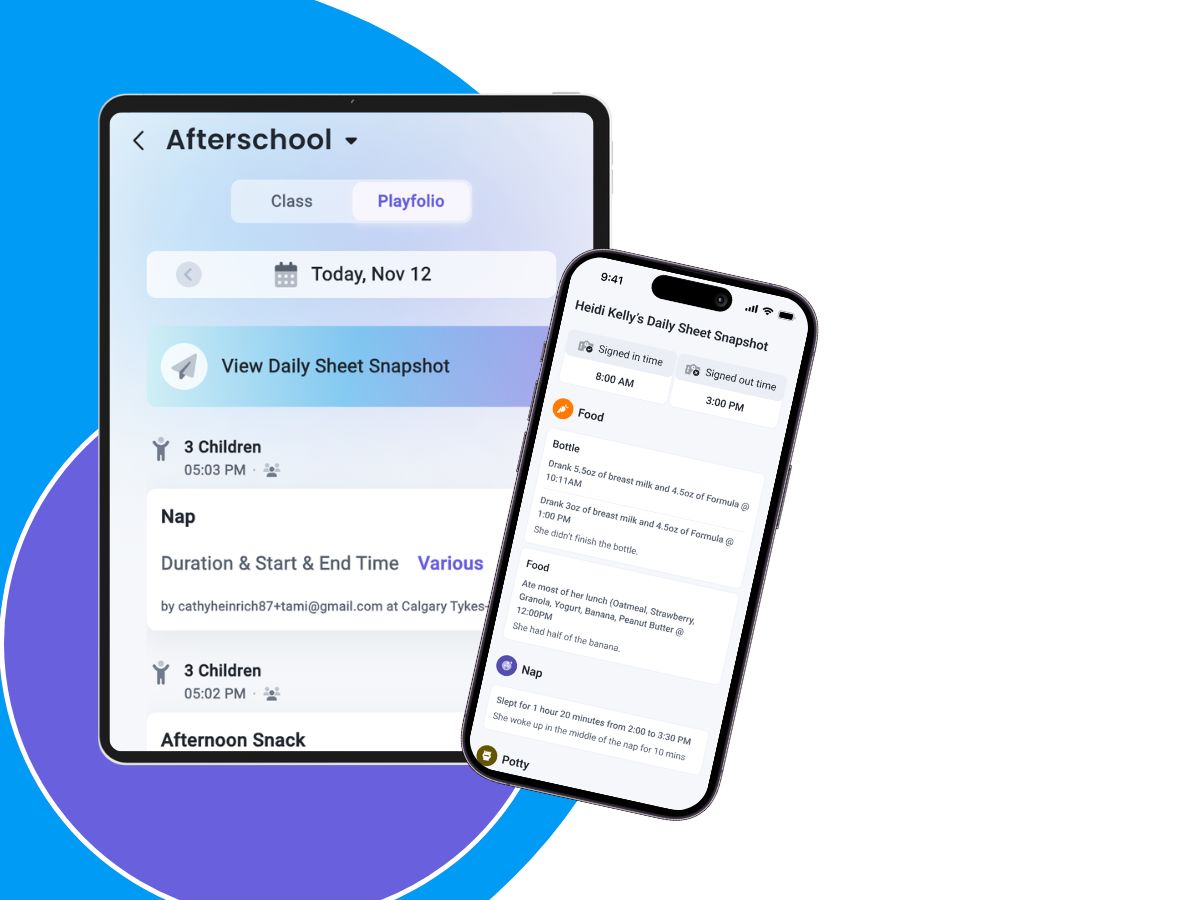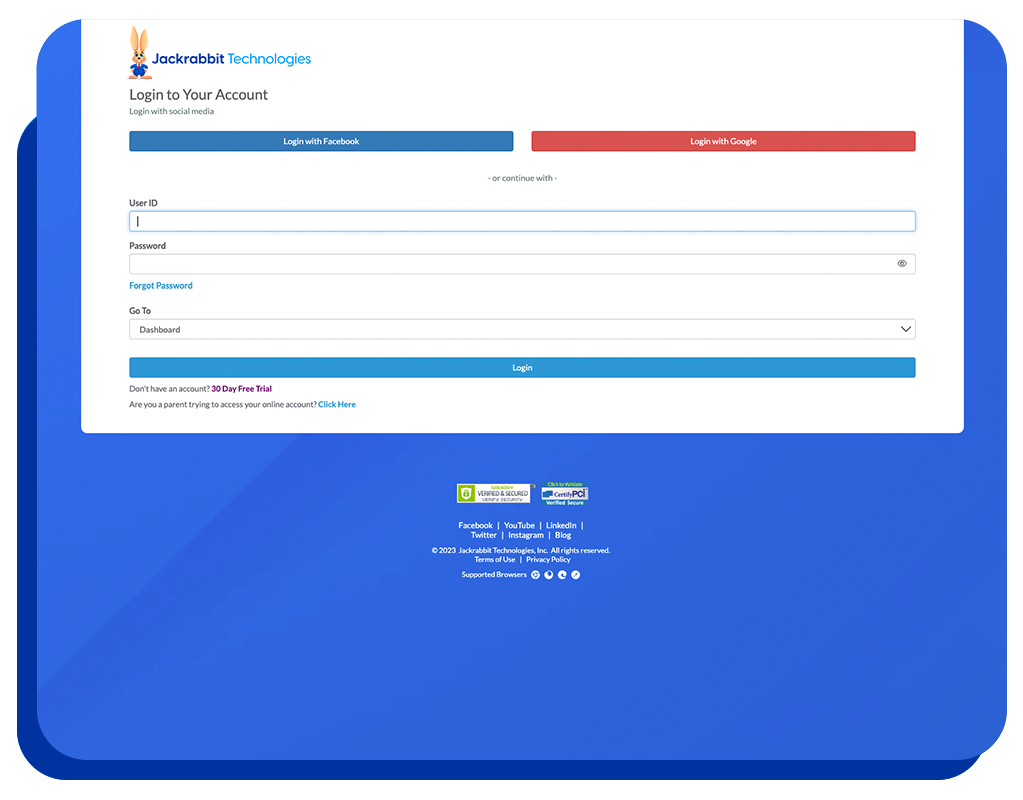Children aren’t born well-behaved. They learn good behavior by getting support and guidance from adults who teach them by modeling good behavior and showing them how to avoid bad behavior. Preschool is the perfect place and time to teach children the habits and values they need to get along with others, work in a classroom environment and achieve goals as they grow.
Behavior management for preschoolers is one of the essential tools that childcare providers can use to turn the classroom into an effective learning environment. Teaching good behavior helps reduce disruptions, keeps kids in sync with one another and their providers and helps everyone stay on track throughout a day’s activities.
Teaching good behavior also helps ensure safety in the classroom. Behavioral issues, if left unchecked, can quickly turn into safety issues and escalate conflicts. Following best practices for behavior management in preschool and getting parents involved in the process are the best ways to prevent these issues. Read on to learn about the most effective behavior management techniques for preschoolers.
Set Clear Expectations
It’s easy for children to follow the rules when they understand exactly what good behavior means. When rules are ambiguous and expectations are unclear, it can lead to anxiety and uncertainty.
Be Specific
While children are still learning what good behavior means, they need a lot of specifics. For example, telling a child to “be nice to others” may be too abstract of a concept, but telling them more specifically to “take turns with everyone” outlines a clear action they can take that can be measured objectively.
Don’t Overload
It’s also important not to overload children with too many specific rules at one time because they won’t be able to remember them all. Consider the ages of the children you’re working with and try to develop a balance between specificity and generality while helping them along with visual aids and concrete examples.
Consider Different Ages
Set expectations with children from the start by creating rules according to each age group and avoiding negative language. For example, tell children to “Be respectful” instead of telling them, “Don’t be rude.” Also, keep natural age-specific behaviors in mind and develop strategies to work around them. For example, younger children typically have difficulty sitting still for long periods, while older children usually find it challenging to work closely together without talking to one another.
Review the Rules and Guidelines
After you create a specific set of rules and consequences, go over them with the children and ensure they understand each rule. Engage them by asking if there are any additional rules or guidelines that they think would be important to add.
Use Positive Language
The most effective behavior management techniques involve finding ways to teach children how you want them to act, not how you don’t want them to. It’s essential to use positive language when you’re teaching children to follow the rules. While unwanted behavior must be addressed, the adult’s job is to set positive expectations and teach children what they can and should do. Instead of focusing on what they’re doing wrong, focus on what they can improve.
Examples of Positive Language
Avoid words like “no,” “don’t,” and “can’t.” For example, if it’s circle time but a child is playing with blocks instead of joining in, instead of telling them to stop what they’re doing, ask them to join the group.
Some additional examples of positive/negative language include:
- Positive – Will you please join the group?
- Negative – You need to sit down now.
- Positive – If you want to play with the toys, please be kind and ask if you can join her or use them when she’s done.
- Negative – You shouldn’t take toys from her.
Use Visual Aids
Visual aids are another great way to help children understand these expectations. Use posters with pictures and text that explain what children can and should do, and review them daily during group or circle time.

Encourage Good Behavior
When children are following the rules, be sure to provide lots of praise and positive attention. It’s just as important to point out when a child is following a rule as it is to point out when a child is breaking one. By highlighting examples of good behavior, you make it easier for the other children to see how they should behave. When doing this, be as specific as possible. For example, instead of simply saying “good job,” let the child know exactly what is good about the behavior or action you’re highlighting. Praise also helps boost their confidence and self-esteem.
Provide Consequences for Bad Behavior
While it’s great to point out examples of good behavior, it’s just as important to provide consequences for bad behavior. Set clear consequences that children can expect if they aren’t following the rules. When consequences are proportional, understood in advance, and consistently applied, the children are more likely to respect the rules.
The goal of setting consequences for bad behavior is the same as encouraging good behavior – it helps bring children closer to modeling the types of behavior you want to see. Just as you should be specific when acknowledging good behavior, consequences should be clearly connected to the negative behavior involved. For example, if a child throws a toy, the consequence should apply to the toy being taken away.
Create Structure
Following schedules and routines help children develop a sense of security that boosts happiness and confidence, resulting in good behavior. When a child is uncertain about what will happen next and isn’t sure what they should be doing, it can lead to anxiety, distraction, and disruption, resulting in destructive behavior.
In most cases, children present challenging behaviors when transitioning from one thing to another. Creating structure and routine helps children feel secure. It’s essential to develop a solid plan for transitional periods and follow it daily. Part of the plan should include a timed warning when one activity is about to end before another begins. Transition time can also be planned as an activity in itself by involving songs, chants, or other similar routines.
Creating a visual schedule and reinforcing it daily can help keep children focused on what they should be doing next. Structured routines and visual schedules help guide children through daily activities in memorable and engaging ways.
Communicate with Parents
Understanding what’s happening in a child’s home environment will provide context to negative behavior they may showcase in the classroom. Providers can use information from parents to gain insights about outbursts in school. Suppose a child starts exhibiting more negative behavior than usual. In that case, the family should always be alerted so that they can work together to ensure the child receives the attention and guidance they need to turn around their behavior.
Communicating with parents ensures that your approach to discipline in the classroom is effective and consistent. It also helps build trust through nurturing relationships with the families of the children in your care. Partnering with parents means that you can help their children reach their full potential in the classroom and beyond.
Final Thoughts
Preschool behavior management can be challenging even for the most seasoned providers. Setting clear expectations and routines, preparing children for transitions, and addressing behaviors immediately will help keep the peace in the classroom.
Understanding how to model positive behavior is one of the most critical developmental outcomes a child can achieve in preschool. When children receive the guidance they need to learn how to behave well, it positions them for success in school, at home, and in the future.















